When a medication turns out to be dangerous, people assume the FDA just pulls it off the shelves. But that’s not how it works. The FDA doesn’t have the power to force a drug recall. Instead, it asks manufacturers to do it voluntarily. And in nearly every case, they do.
How the FDA Actually Removes Unsafe Drugs
The legal foundation for drug safety in the U.S. comes from the Federal Food, Drug, and Cosmetic Act (FD&C Act) of 1938. Under this law, the FDA can inspect factories, review clinical data, and monitor side effects after a drug hits the market. But when something goes wrong - like contamination, incorrect dosing, or hidden toxins - the agency can’t issue a direct order to remove the drug. It can only request a recall.
This might sound like a loophole, but the system works because manufacturers have everything to lose by refusing. If a company ignores an FDA request, the agency can take legal action: file for a court injunction to stop production, seize inventory, or even shut down facilities. For most companies, that’s a far worse outcome than a voluntary recall. So they comply - quickly.
In 2022, out of 4,312 drug recalls in the U.S., only three required FDA enforcement. That’s 99.7% voluntary. The FDA doesn’t need to force recalls because the consequences of saying no are too high.
The Three Levels of Drug Recalls
Not all recalls are created equal. The FDA classifies them into three categories based on how dangerous the drug is:
- Class I recalls are the most serious. They involve drugs that could cause serious injury or death. Examples include pills with lethal contamination, like NDMA in blood pressure meds, or insulin with incorrect concentrations. These make up just 2.1% of all recalls but demand immediate action.
- Class II recalls are more common - about 69% of all recalls. These involve drugs that might cause temporary or reversible health problems. Think wrong label instructions, missing active ingredients, or packaging errors that could lead to misuse. Not life-threatening, but still risky.
- Class III recalls are the least urgent. They’re about minor issues like incorrect labeling, mismatched batch numbers, or packaging flaws that don’t affect safety. These rarely harm patients, but the FDA still requires them to be fixed.
The classification determines how far the recall goes. A Class I recall might require hospitals to notify every patient who received the drug. A Class III might only need a notice to distributors.
How a Recall Starts
Recalls don’t happen out of nowhere. They usually begin in one of two ways:
- Manufacturers find the problem themselves. Companies are required to run annual stability tests on every drug they make. If a batch fails - say, it starts breaking down too fast or shows unexpected contaminants - they must report it to the FDA and start a recall.
- The FDA spots the issue. Through its MedWatch program, the agency collects over 1.2 million reports each year from doctors, pharmacists, and patients about bad reactions. If patterns emerge - like multiple cases of liver damage linked to a specific batch - the FDA investigates. If evidence mounts, they contact the manufacturer and ask for a recall.
Once a recall is initiated, the manufacturer must submit a “Recall Strategy” to the FDA within 24 hours. This includes how far the recall will reach (retail? hospitals? patients?), how they’ll notify people, and how they’ll collect returned products.
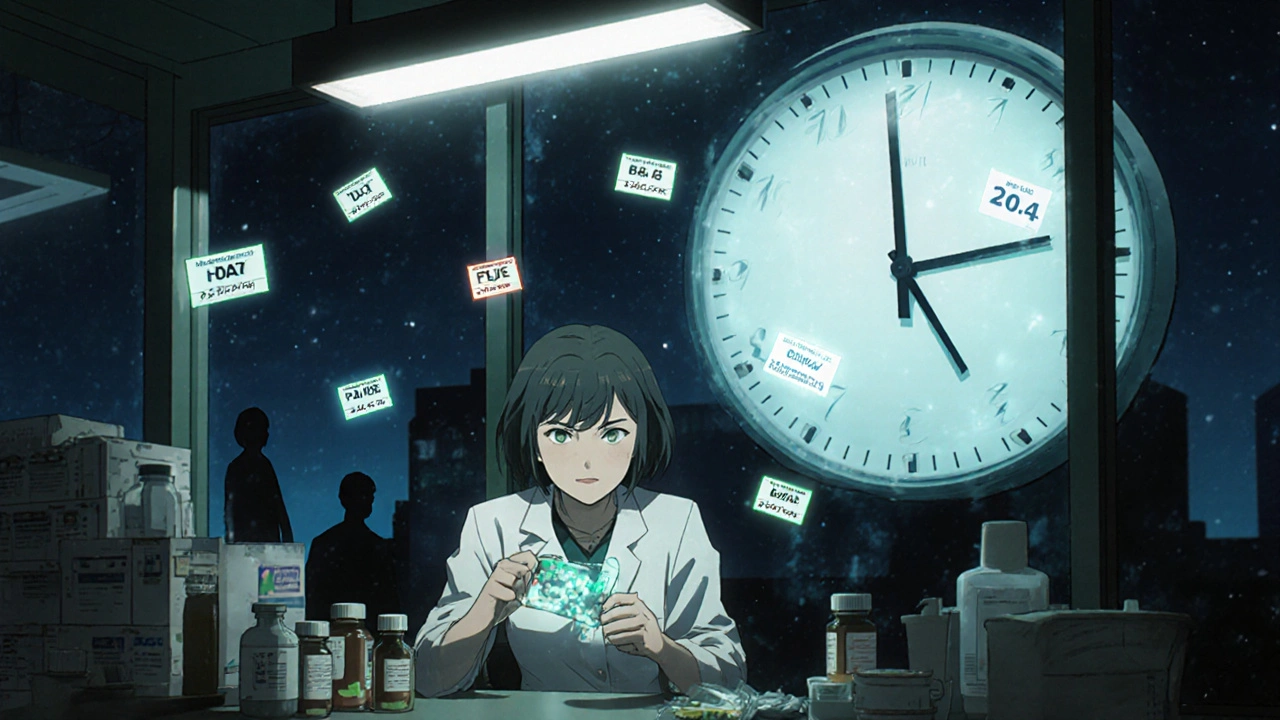
Why Devices Are Different
Here’s where things get confusing: the FDA can force a recall on medical devices. Under 21 CFR 810, if a device poses a serious risk - like a faulty pacemaker or a broken ventilator - the agency can legally order the manufacturer to pull it from the market. No request. No negotiation. Just a command.
Why the difference? It comes down to history. When Congress passed the Medical Device Amendments in 1976, they gave the FDA stronger powers for devices because they were seen as more inherently risky. Drugs, on the other hand, were governed by the older 1938 law - which never gave the FDA that kind of authority.
Experts argue this creates a dangerous gap. A contaminated pill and a broken insulin pump can both kill. But one can be pulled by court order. The other can’t.
The Valsartan Recall: When the System Struggled
In 2018, a cancer-causing chemical called NDMA was found in valsartan, a common blood pressure drug. The FDA issued its first public alert on June 8. By June 29, U.S. manufacturers had recalled all affected lots. On the surface, it looked like a success.
But the truth was messier. The NDMA came from a raw ingredient made in China. Chinese suppliers didn’t respond to FDA requests for 17 days. The delay meant patients kept getting contaminated pills longer than they should have. And because the FDA couldn’t force a recall, they had to wait - and warn the public repeatedly.
This case exposed a major weakness: global supply chains. Many drugs today are made with ingredients from multiple countries. If one supplier ignores the FDA, the entire recall can stall.
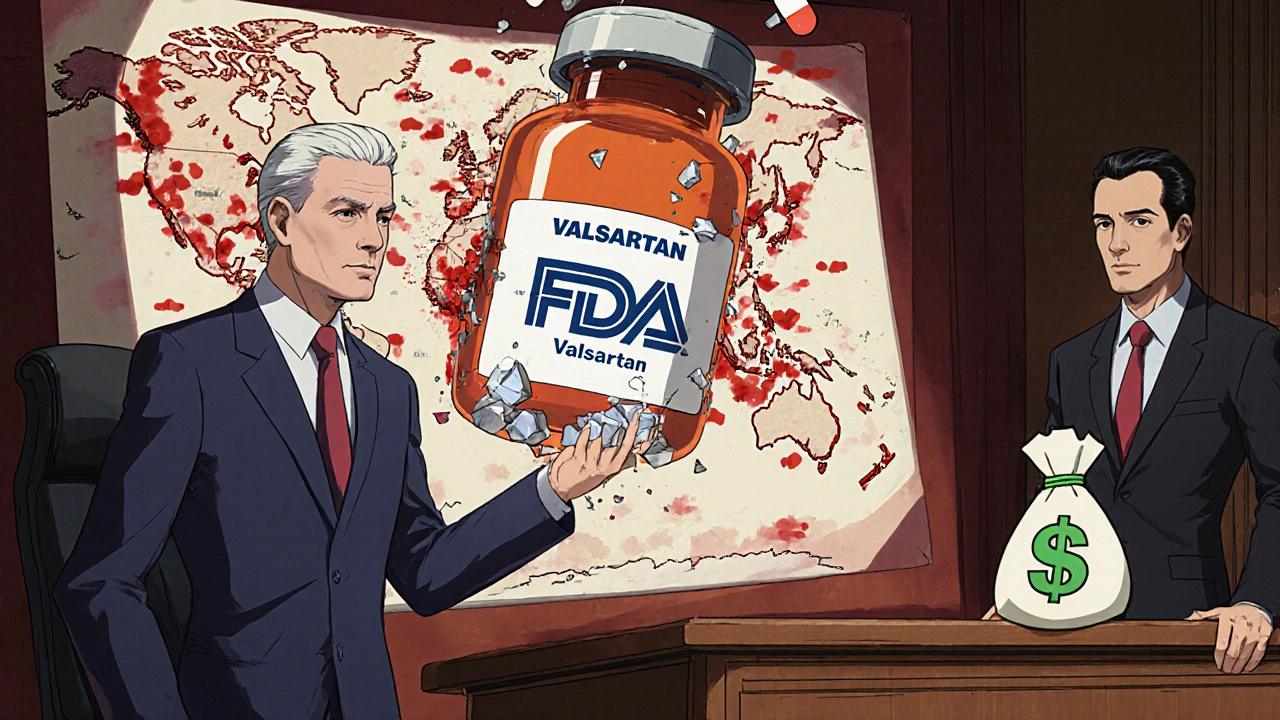
What Hospitals and Pharmacies Do
When a recall hits, hospitals and pharmacies don’t just wait for a notice. They have to act fast. The American Society of Health-System Pharmacists (ASHP) requires every pharmacy to have a recall plan. That includes:
- Assigning someone to check FDA alerts daily
- Tracking lot numbers in their inventory system
- Notifying patients who received recalled drugs
- Documenting every step for audits
But it’s not easy. A 2022 survey found that 68% of hospital pharmacies struggled to match recalled lots with patient records because manufacturers use inconsistent labeling. In one case, a Class I recall was delayed by 3.7 days because the pharmacy couldn’t identify which patients got the bad batch.
That’s why companies like Recall Masters and Recall Index now offer software to track recalls in real time. Over 70% of U.S. hospitals use these services - not because they want to, but because they have to.
Is the System Broken?
Some experts say yes. Dr. Sidney Wolfe from Public Citizen testified in 2019 that the FDA’s inability to mandate recalls creates dangerous delays. He pointed to the valsartan case and others where patients were exposed to harm for weeks while regulators waited.
Others argue the system works. Janet Woodcock, former FDA deputy commissioner, said 99.7% of recalls happen within 10 days of FDA notification. The voluntary model has been stable for decades.
The real issue isn’t the system - it’s the lack of modernization. The FD&C Act was written in 1938. The FDA’s recall powers haven’t changed since then, even as drugs became more complex, supply chains became global, and risks grew.
In 2022, Congress considered the FD&C Modernization Act, which would have given the FDA mandatory recall power for drugs. But the provision was removed during committee review. Industry groups like PhRMA spent millions lobbying against it, arguing voluntary recalls are “99.98% effective.”
Meanwhile, new threats are emerging. Biologics - drugs made from living cells - are harder to test and more prone to contamination. The FDA says it’s only a matter of time before a major recall is delayed because of a foreign supplier who won’t cooperate.
What’s Next?
The PREVENT Pandemics Act, introduced in late 2023, includes a provision (Section 3103) that would finally give the FDA the power to order mandatory drug recalls. If passed, it would be the biggest change to drug safety law in nearly a century.
But it’s still uncertain. PhRMA continues to oppose it. And without political pressure, Congress may leave things as they are.
For now, the system relies on trust. Trust that manufacturers will act fast. Trust that global suppliers will respond. Trust that hospitals can track down every pill. It’s worked - so far. But when a life is on the line, trust isn’t enough.
Can the FDA force a drug recall?
No, the FDA cannot directly force a drug recall. Under current law, it can only request that a manufacturer voluntarily remove a drug from the market. The agency can take legal action - like seeking a court injunction - if a company refuses, but it cannot issue a direct recall order for drugs. This is different from medical devices, where the FDA does have mandatory recall authority.
What happens if a company ignores an FDA recall request?
If a manufacturer ignores an FDA recall request, the agency can go to federal court to get an injunction that stops the company from making or selling the drug. The FDA can also seize existing inventory, shut down manufacturing facilities, or pursue civil penalties. For most companies, these consequences are worse than a recall, so they almost always comply.
How are drug recalls classified?
Drug recalls are classified into three categories: Class I (highest risk - could cause serious injury or death), Class II (moderate risk - may cause temporary or reversible harm), and Class III (lowest risk - usually involves labeling or packaging errors with no health impact). The classification determines how urgently the recall must be handled and how far it must reach in the supply chain.
Why can the FDA mandate device recalls but not drug recalls?
The FDA gained mandatory recall authority for medical devices through the Medical Device Amendments of 1976, which gave it stronger powers due to the higher perceived risk of devices. Drugs, however, are still governed by the 1938 Federal Food, Drug, and Cosmetic Act, which never granted that authority. This creates a legal inconsistency: two types of products that can both be deadly, but only one can be forcibly removed by the FDA.
How do hospitals handle drug recalls?
Hospitals must follow strict protocols outlined by organizations like ASHP. They assign staff to monitor FDA alerts, track lot numbers in their inventory systems, notify patients who received recalled drugs, and document every step. Many hospitals use specialized software to automate this process because manual tracking is error-prone, especially when manufacturers use inconsistent labeling.
Are drug recalls increasing?
Yes. In 2022, there were 4,312 drug recalls in the U.S. - a 12.3% increase from the previous year. This rise is largely due to more complex global supply chains, especially after the pandemic. Many drugs rely on active ingredients from overseas, and delays or contamination in those supply chains are triggering more recalls.
Is there a law being proposed to give the FDA mandatory recall power?
Yes. The PREVENT Pandemics Act (S.2871), introduced in October 2023, includes Section 3103, which would grant the FDA explicit authority to order mandatory recalls of drugs and biological products. This would be the first major change to drug recall law since 1938. However, pharmaceutical industry groups like PhRMA are actively lobbying against it, spending over $8 million in Q2 2023 to block the provision.
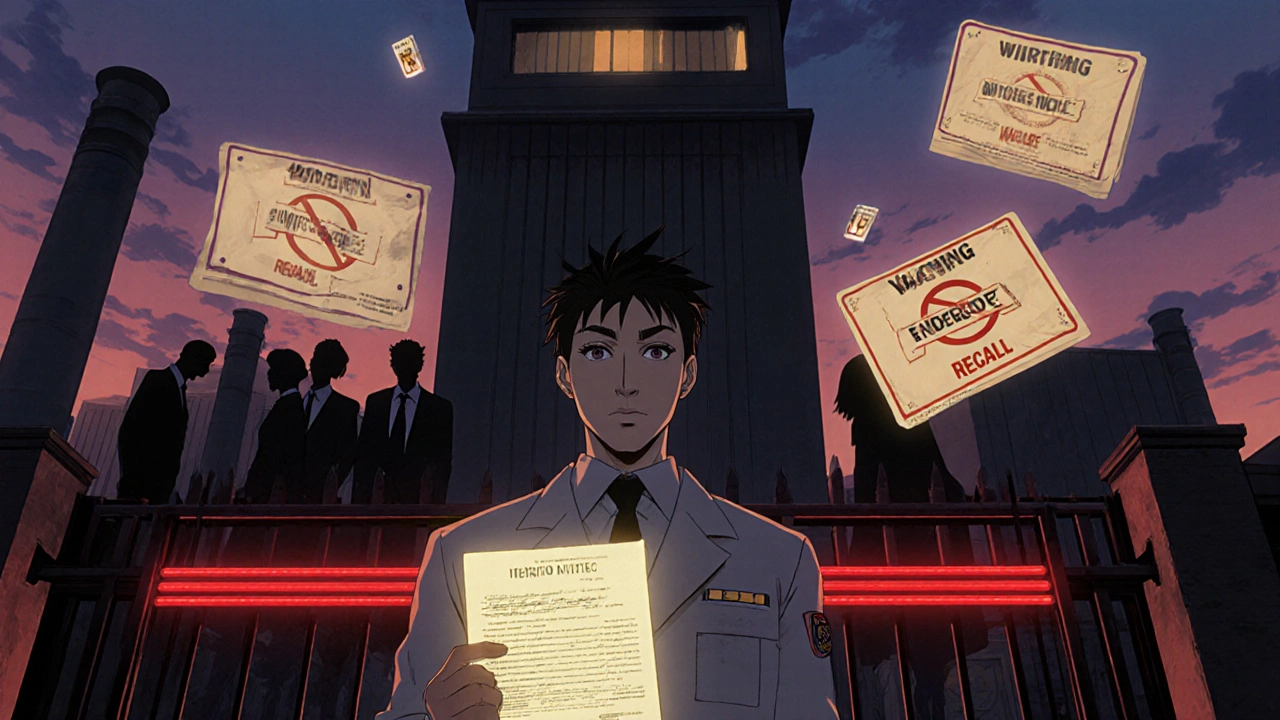

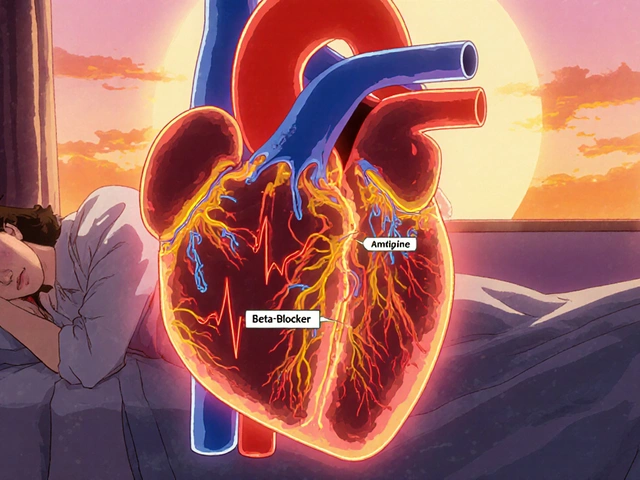
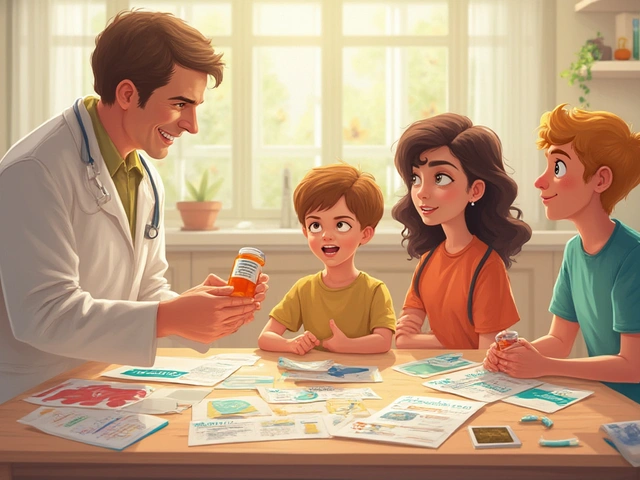
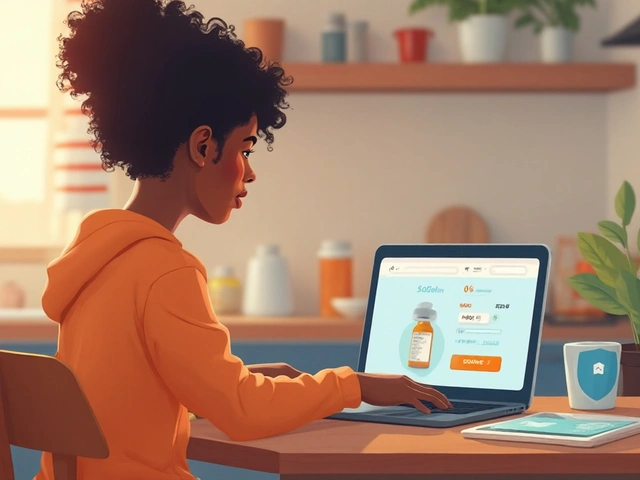


David Barry
12 November, 2025 11:12 AMLet me break this down real simple: the FDA doesn't have the power to force a recall because Congress hasn't updated the FD&C Act since the fucking 1930s. That's not a loophole, it's a fucking relic. We're trusting corporations to self-police life-or-death meds while they lobby to keep it that way. And yeah, 99.7% compliance sounds good - until you're the 0.3% who gets poisoned because a Chinese supplier ghosted the FDA for 17 days. This isn't efficiency. It's Russian roulette with your heart medication.
Alyssa Lopez
12 November, 2025 23:15 PMAMERICA FIRST!! Why the hell are we letting FORIEGN SUPPLIERS control our meds?? FDA should just BAN all imports from CHINA and INDIA and make pharma make it HERE. We got the tech, we got the labs, we got the WORK ETHIC. Why we letting these countries play us?? This is national security!! We need to DEFEND OUR MEDS!!
Alex Ramos
14 November, 2025 19:00 PMJust wanted to add - the Class I/II/III breakdown is super important and often misunderstood. People panic over Class III recalls like they’re deadly, but honestly? If your ibuprofen bottle says ‘200mg’ but it’s actually ‘100mg’? Annoying, maybe a headache doesn’t go away. Not a hospital visit. Meanwhile, Class I is when your blood pressure med has carcinogens in it. That’s a death sentence waiting to happen. The FDA’s tiered system actually works pretty well - it’s the global supply chain that’s the real nightmare. And yes, hospitals using Recall Masters? Totally worth it. My cousin’s ICU saved 3 lives last year just because their software flagged a bad batch before anyone took it.
Also, the device vs drug thing? Totally makes sense. A broken pacemaker kills in minutes. A contaminated pill? Might take weeks. Different risk profiles. But yeah… we need to fix the law. 🤞
edgar popa
15 November, 2025 00:55 AMWow this is eye opening. I had no idea the FDA couldn’t just pull bad drugs. Makes sense tho - companies would rather fix it than get sued. Hope they change the law soon. Stay safe out there.
Eve Miller
16 November, 2025 02:24 AMIt’s not just a matter of ‘trust’ - it’s a systemic failure of governance. The FDA’s inability to mandate recalls is not an oversight; it’s a deliberate legislative abdication. The 1938 Act was written when pharmaceuticals were administered by physicians in controlled settings. Today, we have self-administered biologics, globalized supply chains, and patients purchasing medications through third-party online pharmacies. This isn’t ‘working.’ It’s a ticking time bomb. And anyone who defends this as ‘99.7% effective’ is either willfully ignorant or complicit.
Chrisna Bronkhorst
16 November, 2025 12:13 PM99.7% voluntary? So what 13 drugs a year are killing people because some CEO decided to wait? The FDA’s got no teeth and everyone’s acting like it’s fine. Class I recalls should be automatic. No waiting. No letters. No ‘requests.’ Just shut it down. And stop pretending this is about ‘trust.’ It’s about profit. And someone’s dying because of it.
Amie Wilde
17 November, 2025 02:15 AMWow. I didn’t realize how much hospitals struggle with this. Lot numbers being inconsistent? That’s wild. I work in pharmacy and we just rely on alerts - never thought about how hard it is to match pills to patients. Good thing they’ve got software now. Still scary though.
Gary Hattis
17 November, 2025 23:46 PMAs someone who’s lived in 7 countries, this system is uniquely American. In the EU, they have centralized drug oversight - recall happens in days, not weeks. In Japan, manufacturers are fined 10x the recall cost if they delay. Here? We rely on corporate goodwill. It’s like trusting your carmaker to voluntarily fix the brakes. The fact that Congress hasn’t updated this law since before TV was common is a national embarrassment. And the fact that PhRMA spent $8M to block reform? That’s not capitalism. That’s corruption dressed in a suit.
Esperanza Decor
19 November, 2025 08:41 AMOkay but why is this even still a debate? We’re talking about people dying because a CEO didn’t want to lose a few million in profits. The PREVENT Act is the bare minimum. If we can regulate airplane parts and baby formula with mandatory recalls, why not life-saving drugs? The fact that this is even controversial means we’ve normalized corporate negligence. I’m not mad - I’m just disappointed. We have the technology, the data, the infrastructure. We just don’t have the will. And that’s the real tragedy.
Deepa Lakshminarasimhan
21 November, 2025 03:26 AMLet me tell you something they don’t want you to know. The FDA doesn’t just ‘request’ recalls - they’re in bed with Big Pharma. The whole system is rigged. NDMA in valsartan? That chemical was known for YEARS. But the FDA waited because they get funding from pharma. Same with the 1976 device law - they gave power to devices because they’re easier to track. Pills? Too messy. Too many foreign suppliers. Too many lobbyists. This isn’t safety. It’s control. And the PREVENT Act? They’ll water it down or bury it. Just like always.
Erica Cruz
21 November, 2025 10:53 AMWow. Such a long, overly detailed post about a system that’s fundamentally broken. Let me save you 10 minutes: the FDA can’t recall drugs because Congress is corrupt and pharma owns them. Class I recalls? Still too slow. Hospitals using software? Of course they are - because the system is designed to fail. The only thing that matters here is that people die quietly while bureaucrats argue semantics. And now you know. Move on.
Johnson Abraham
23 November, 2025 02:08 AMlol so the fda can't make companies recall drugs? so what? they do it anyway. chill out. people are fine. why do we need more govt power? just let companies do their thing. if a drug kills someone, lawsuit them. that's how it's supposed to work. stop trying to make everything a federal crisis. 🤷♂️
Shante Ajadeen
23 November, 2025 13:19 PMThis is such an important conversation. I’m glad someone took the time to lay it all out. I used to think the FDA had full power - now I see how fragile the system is. But I’m hopeful. If we keep talking about this, push for the PREVENT Act, and hold our reps accountable, change is possible. We’ve done it before with vaccines and food safety. We can do it again. You’re not alone in caring about this.